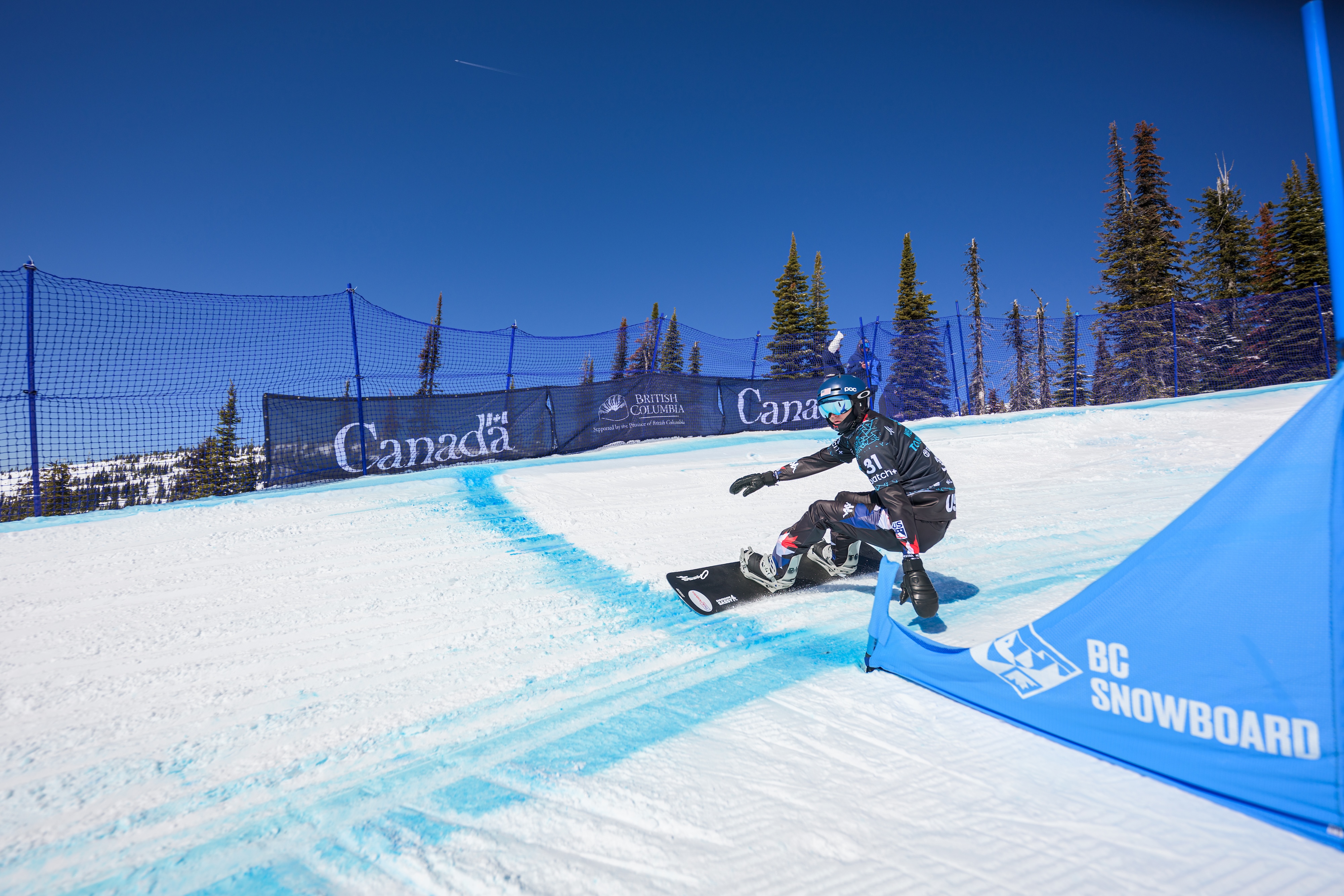
Para Snowboard Pipeline
The sport of Para Snowboard competition owes its success to the determination of a group of pioneering riders who in 2005 began their quest to have the sport included at the Paralympic Winter Games.
Para Snowboard is practiced worldwide and features three disciplines: snowboard-cross, banked slalom and giant slalom. Competition includes male and female athletes with a physical impairment such as, but not limited to spinal injury, cerebral palsy and amputation.
Athletes compete in three categories based on their functional ability – SB-LL1 and SB-LL2 for lower-limb impaired riders and SB-UL for upper-limb impaired athletes. Snowboarders use equipment that is adapted to their needs including snowboard and orthopedic aids.
Para Snowboard was initially governed by the World Snowboard Federation (WSF), but after a Memorandum of Understanding was signed in 2010, it was taken under World Para Alpine Skiing with a view to continue working with the WSF to develop the sport. After many years of campaigning, in 2012 it was announced that snowboard would make its debut at the Sochi 2014 Paralympic Winter Games as part of the alpine skiing programme, with two medal events in lower-limb impairment classifications for men and women in snowboard-cross time trial. World Para Snowboard then acted as the International Federation for the sport until the transfer of governance to the International Ski and Snowboard Federation (FIS) in 2022.
The attention the sport received in the 2014 Paralympic games thrust snowboard onto the global stage and in 2015, the first World Championships were held in La Molina, Spain. Here, banked slalom and snowboard-cross head-to-head were contested for the first time, whilst the lower-limb impaired classifications were split and upper-limb impaired riders also competed for coveted world titles. The 2015 World Championships saw the culmination of ongoing improvements to the classification system, including the separation of lower-limb impaired riders to SB-LL1 and SB-LL2 which was introduced during the 2014-15 season.
All athletes in Para snowboard have one or more of the following impairments:
- Impaired Muscle Power
- Limb Deficiency
- Leg Length Difference
- Hypertonia
- Ataxia
- Athetosis
- Impaired Passive Range of Movement
Athletes in Para snowboard are grouped into the following sport classes. The sport class profiles are set out in World Para Snowboard Classification Rules and Regulations.
SPORT CLASSES:
Sport Class SB-LL1: Athletes have an impairment in one or both legs.
Sport Class SB-LL2: Athletes have an impairment in one or both legs.
Sport Class SB-UL: Athletes have an impairment in one or both arms.
Classification provides a structure for Paralympic competition. U.S. Ski & Snowboard adopts the International Paralympic Committee Athlete Classification Code. More information on Classification and its process can be found at Paralympics.org. For more information on the FIS Classification Rules and Regulations visit the FIS website.